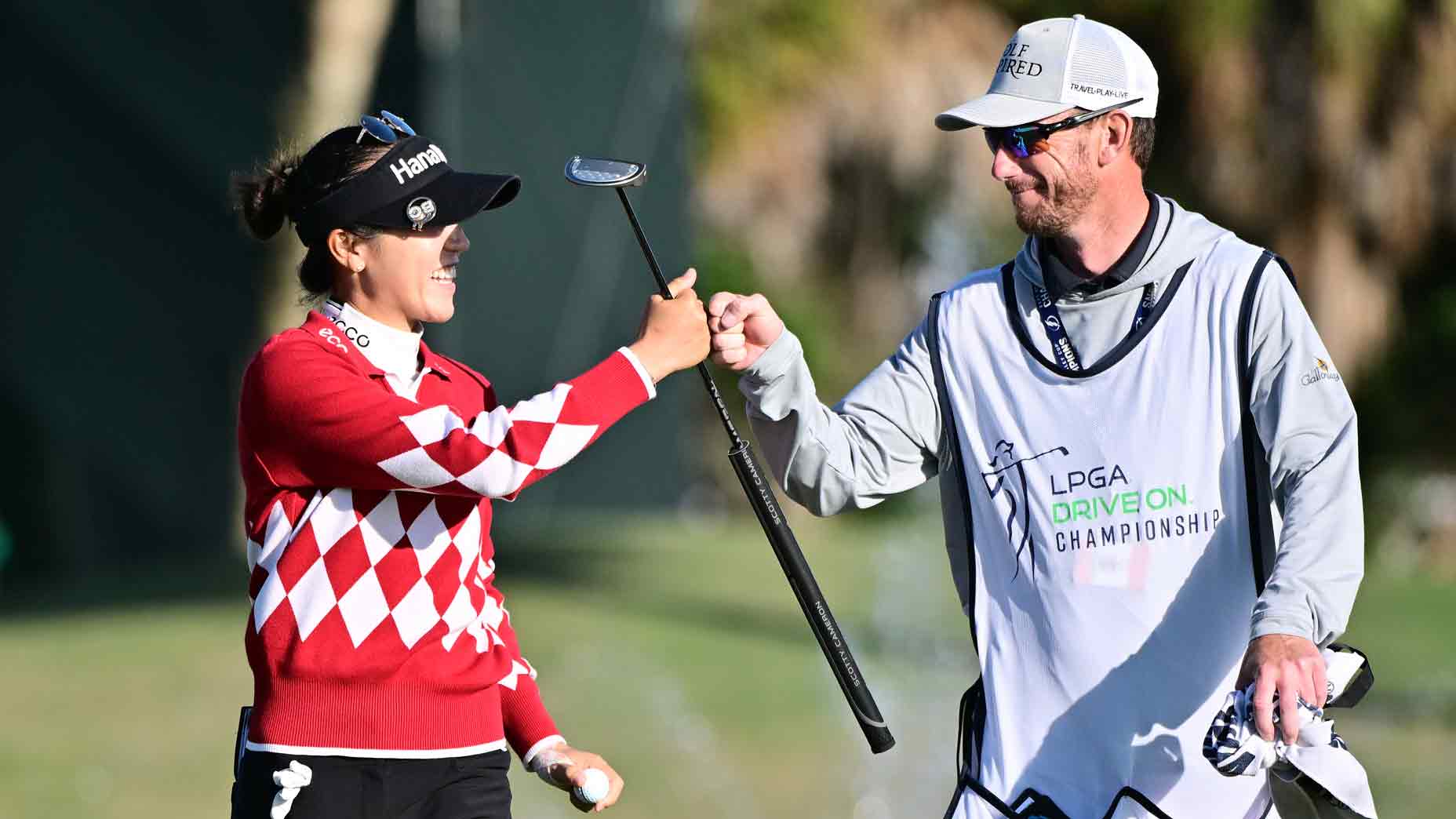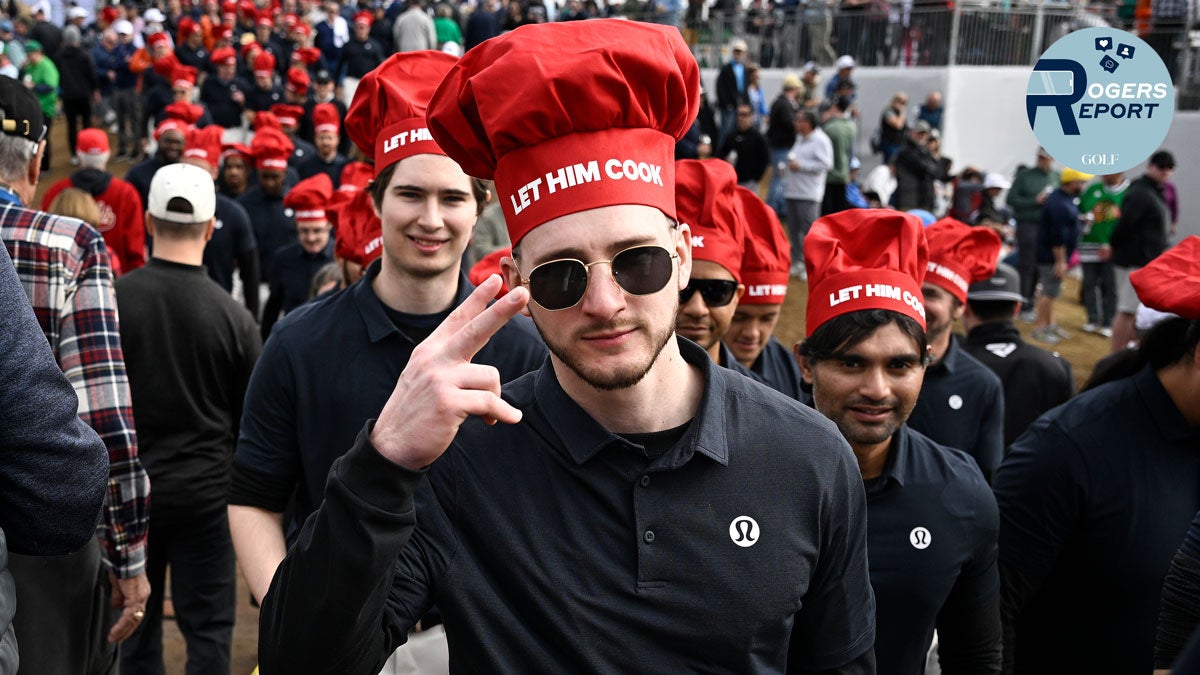SCOTTSDALE, Ariz. — When Jake Knapp was just three years old, he picked up his brother’s old golf clubs for the first time and started taking some whacks. But there was one glaring problem: He was hitting the ball with the wrong side of the club.
Knapp, 29, who made the 2024 WM Phoenix Open his eighth start on the PGA Tour, used to play with his brother’s right-handed golf clubs, but felt more comfortable swinging lefty.
“I started taking swings lefty and (my dad) put a right-handed club in my hand and was like ‘We’re not paying for two sets of clubs, you’re getting hand-me-downs from your brother,’” said Knapp, who plays hockey right-handed and is a switch-hitter in baseball.
“Golf was forced on my right hand.”
Knapp has been a right-hand dominant golfer ever since. And, surprisingly, his story is less unique than you’d think. While left-handed individuals make up approximately 10 percent of the worldwide population, only about five percent of PGA Tour golfers are lefties.
What’s even more perplexing is that left-dominant people are actually overrepresented in many other racket and bat sports. Roughly 15 percent of professional tennis players, and 30 percent of baseball, cricket and table tennis players are southpaws.
Like Knapp, many young left-handers have a hard time finding golf clubs — especially higher-end golf clubs — at their local golf shops.
“You hardly ever see anything on the shelf for lefties,” said James Ridyard, a short-game coach for a handful of PGA Tour golfers. “If someone wants something that is the higher end equipment-wise, you’re much less likely to see it left-handed in the store.”
As a result, many of these young southpaw golfers do exactly what Knapp did — they switch their dominant hand and opt to play right-handed.
“There’s a lot of right-handed golfers who are left-handed people,” said Sean Foley, a swing coach for several tour players and junior golfers. “I have three guys who are left-handed, but play golf right-handed.”
There might be a sociological component at play, too, which forces lefties into using their right hand from a young age, even though that may not be what’s natural for them.
“When a kid starts writing left-handed, [in many countries] they convert him to right-handed,” Foley said. “There are so many guys who started playing golf left-handed and then they said ‘No, you’ve got to switch to right-handed.’ Being left-handed has some negative bias to it. It’s a social stigma.”
Foley is right. In some cultures, the left hand is considered the “dirty” hand — or the hand used for hygiene — whereas the right hand is what’s used for grabbing, delivering, eating and other daily actions.
But in golf, perhaps there shouldn’t be a bias against southpaws, especially because there’s no obvious disadvantage associated with swinging lefty.
Garrick Higgo, a left-handed South African who won the Palmetto Championship in 2021, says certain holes might pose certain problems for lefties, but that it all evens out in the end.
“There’s certain holes (that are better for righties) and vice versa,” he said. “It also just depends what shape you hit the ball. I don’t really believe in (there being a disadvantage to being lefty).”
Nicolo Galletti, an Arizona State graduate who turned professional in 2017, agrees.
“What it comes down to is all ball flight,” said Galletti. “I don’t really think it matters what side you’re on, it just matters which way you shape the shot.”
In fact, there may even be an advantage to being left-handed on the course when it comes to instruction.
“From an instruction perspective, it’s sometimes easier to teach a lefty, because they can mirror you,” said Ridyard, who coaches both lefties and righties. “(Lefties) can literally copy the movements you’re making. Whereas if you’re a righty, they have to swivel around — they can’t face you, so it’s not like a mirror image anymore.”









